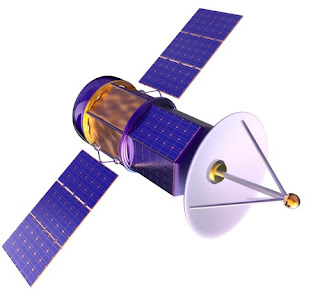 |
| Predictive protection for sensitive electrical equipment from lightning strikes |
Alokin Industries, manufacturer of Lightning Shield™ protection systems, identifies four threats to electrical equipment that originate from lightning activity.
- Direct Lightning Strike: Direct lightning strikes to equipment result in high voltages flowing through the equipment grounding path or the circuit serving the equipment.
- Nearby Lightning Strike: These strikes can induce voltage or current on building infrastructure conductors.
- Lightning Ground Potential Rise ( L-GPR): This is the electrical energy flowing out from a strike that can saturate a building's grounding system.
- Off-Voltage Events: Sags and spikes in service line voltage that can damage electrical equipment.
The Lightning Shield™ provides protection by disconnecting electrical equipment when a field energy increase is detected preceding a cloud to ground lightning strike. Isolating equipment from the AC power grid through a positive disconnecting means provides a high level of protection from cloud to ground lightning strikes and their residual impact. The controller will maintain isolated operation for a predetermined amount of time, then switch back to normal AC power. Equipment can be operated from battery or generator sourced power during the isolation period, if needed.
Lightning Shield™ provides predictive protection of electrical equipment by isolating equipment before the occurrence of a cloud to ground lightning strike. The system basically consists of a controller, detector, and whatever disconnecting means (contactor) are needed to accommodate the user's equipment.
Find out more about the Alokin Lightning Shield™, and share your equipment protection challenges with a product application specialist.




